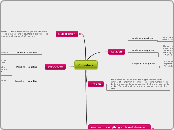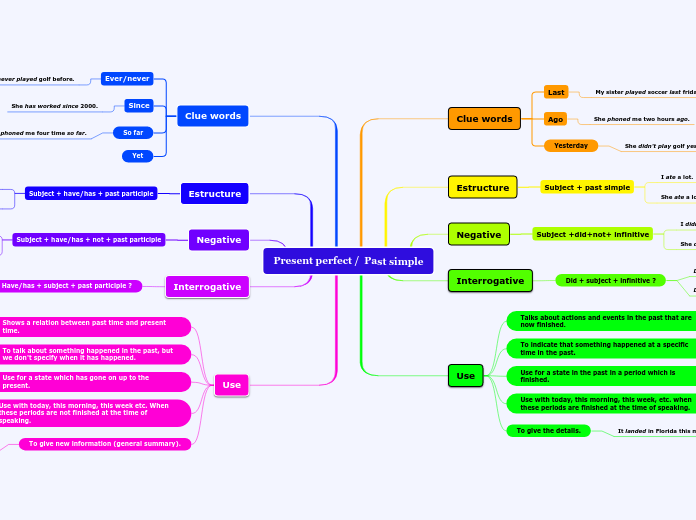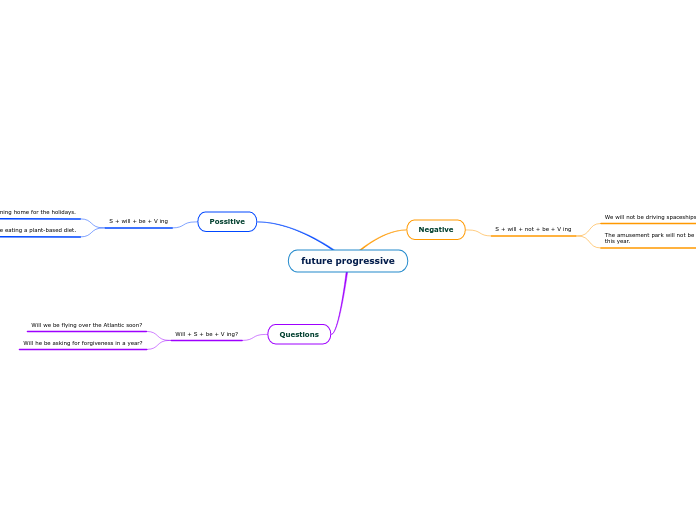作者:Kristin Falenski 12 年以前
280
Week 3
In elementary math, counters are used to visually demonstrate addition, subtraction, multiplication, and division. When dealing with addition, positive counters are represented by dark tokens and negative counters by white ones.









